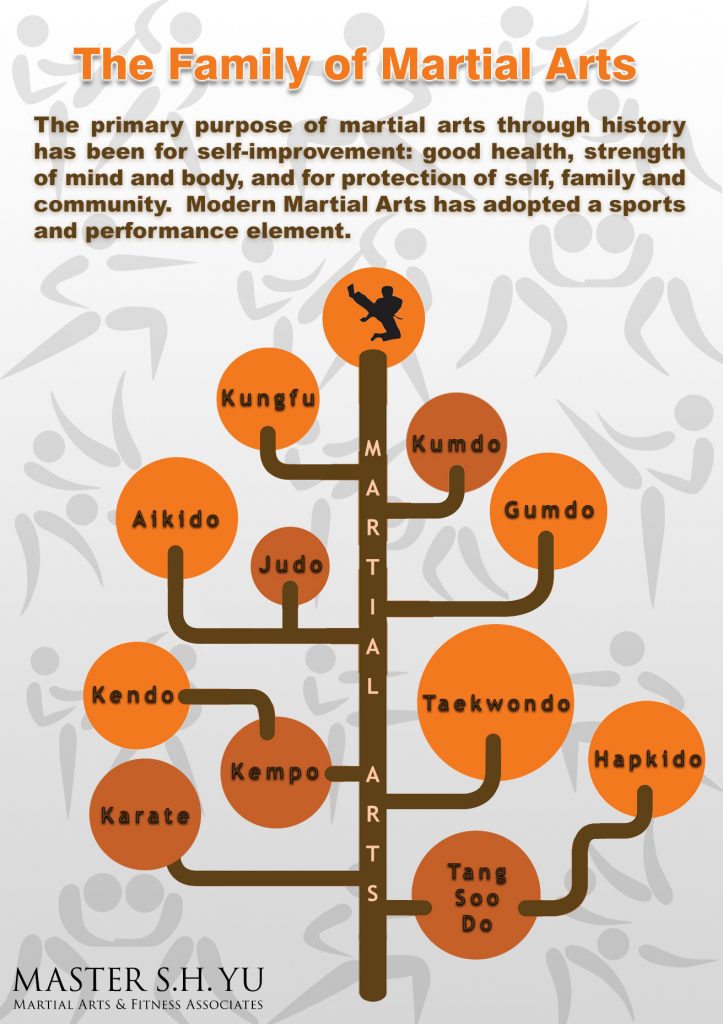The Background And Evolution Of Martial Arts All Over The World
The Background And Evolution Of Martial Arts All Over The World
Blog Article
Material By-Stevenson Ebsen
Martial arts have an interesting background that spans centuries and continents. You could discover it interesting how old practices like Shuai Jiao and Kalaripayattu laid the groundwork for contemporary battle methods. These self-controls not only highlight physical skills but likewise show the cultures that birthed them. As you discover their evolution, consider exactly how globalization has actually transformed these conventional kinds right into crossbreed styles. What impacts do you think have formed today's martial arts landscape?
Ancient Martial arts: The Foundations of Battle
As you delve into the globe of old martial arts, you'll find the abundant foundations that formed fight strategies across societies. Very early techniques focused on Self-Defense and survival, typically integrating strikes, hurting, and weaponry.
In ancient China, as an example, methods like Shuai Jiao emphasized throws and joint locks, while India's Kalaripayattu showcased agility and liquid movement. Japanese samurai created Kenjutsu, a refined swordsmanship that highlighted self-control and technique.
These martial arts served not just for fight but additionally as a means of individual growth, instilling values like respect and determination. The blending of these strategies over time prepared for the diverse martial arts you see today, each mirroring the unique philosophies and requirements of its culture.
The Cultural Impact on Martial Arts Growth
While martial arts usually reflect the sensible demands of a society, they likewise personify the cultural values and ideas of their origins. When you discover various martial arts, you'll observe just how they're affected by faith, viewpoint, and social standards.
As an example, the focus on regard and technique in Japanese martial arts stems from Zen Buddhism and samurai society. On martial arts ranked by popularity , Brazilian Jiu-Jitsu promotes flexibility and technique, shaped by the need for effectiveness in a varied, modern environment.
Get Source may find that the routines, attires, and training techniques reflect a community's history and identification. By recognizing these cultural impacts, you deepen your gratitude of martial arts and their role fit human experiences across the globe.
Modern Adaptations and the Globalization of Martial arts
Martial arts have transformed dramatically in current decades, adjusting to modern society and global impacts. You'll discover that conventional forms have combined with modern-day strategies, producing hybrid styles like mixed martial arts. These adaptations deal with varied audiences, making martial arts obtainable and attractive around the world.
With the surge of social networks and electronic platforms, you can locate tutorials and competitions from all corners of the globe, damaging geographical obstacles. This globalization has actually resulted in a common admiration for numerous self-controls, from Brazilian Jiu-Jitsu to Taekwondo.
As you involve with these arts, you'll realize they're not practically battle; they advertise health and fitness, self-control, and psychological wellness.
Ultimately, modern adjustments have enhanced the martial arts landscape, making it a dynamic and developing practice.
Verdict
In exploring the history and development of martial arts, you reveal a fascinating mix of techniques, cultures, and viewpoints. From old techniques like Shuai Jiao and Kalaripayattu to the modern versatility seen in mixed martial arts, martial arts show humankind's quest for Self-Defense and individual growth. As you engage with these methods, you not just get abilities yet also a deeper gratitude for the diverse traditions that form our globe today. So, proceed global martial arts and embrace the art of fight!
